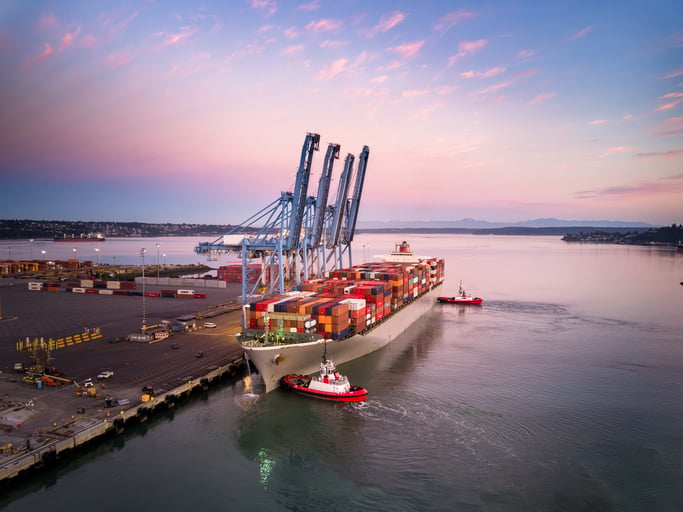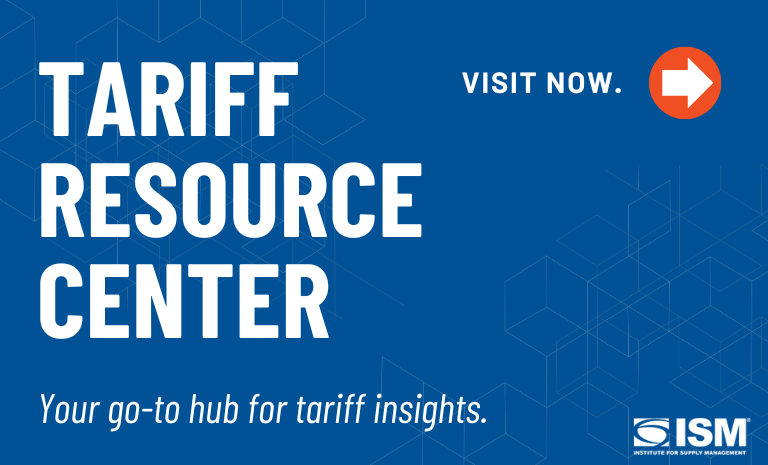A Resiliency Roadmap For Navigating Ocean Freight in 2026

In the moments before the start of “2026 Ocean Outlook: What Procurement Leaders Need to Know Now,” a Xeneta webinar last week, the hosts noted the insufficiency of their scheduled 40 minutes of discussion.
“We could do two hours next time if you want,” said Phil Hennessey, director of external communications at Xeneta, the Oslo, Norway-based digital freight platform.
Replied Tobias Vernon, a Xeneta customer service manager, “Two hours would be easy to fill with everything happening. There’s always a lot to discuss.”
Global ocean shipping enters 2026 navigating familiar waters of uncertainty — but with new crosscurrents shaping trade, capacity and performance. The post-pandemic normalization that many expected has not materialized; instead, geopolitical volatility, overcapacity risks and uneven demand growth have redefined the industry’s outlook.
According to Xeneta’s analysts, global average spot rates are expected to fall by 25 percent over the full year, while long-term contract rates will decrease by 10 percent. This downward trend is not occurring in isolation; it’s closely tied to the aftermath of recent crises and ongoing market adjustments.
“There’s always a delay between the short and long-term markets,” Vernon said in the webinar, which was based on Xeneta’s 2026 Ocean Freight Outlook report. “With the short-term market falling before the long-term, this can potentially indicate further fallback in the long-term market and something to think about (as you’re budgeting) now. The market still has room to potentially fall even further.”
Six themes stand out as defining forces in the year ahead:
A market decoupling. The historic link between economic growth and container trade has unraveled. In 2025, shipping volumes shifted not with gross domestic product or consumer sentiment, but with tariffs and political moves, highlighted by April’s “Liberation Day” tariff rush. This marks a shift to a reactive, policy-driven trade climate.
While the U.S. and European Union may see stronger growth in 2026, the U.S. still lags behind past performance, and consumer spending remains uncertain, making reliable shipping forecasts much harder to achieve.
Geopolitical tensions continue to disrupt global logistics, with trade becoming a tool of statecraft and instability. New U.S. port fees, Chinese retaliatory charges and ongoing tariff disputes create supply chain uncertainty. The struggle for control over key maritime infrastructure exemplifies the influence of global politics.
Freight markets react sharply to each new conflict or tariff, causing rate spikes and reliability issues. As these tensions extend beyond the U.S.-China dynamic, trade volatility is expected to persist through 2026, Hennessey said: “When you look at all the disruptions since 2020, it would take a brave person to bet against disruptions next year.”
Shifting trade flows and adaptive supply chains. Containerized demand is projected to rise 3 percent in 2026, but growth patterns are shifting. U.S. imports have slowed due to tariffs, while China has redirected exports to Europe, Africa and emerging markets, with a 6-percent export increase in early 2025.
This adaptability challenges the “China-plus-one” strategy, as Chinese goods continue flowing through alternate routes. Vernon cited the last three years of market benchmark rates on shipping routes between China and the U.S.
“If you’re exporting into the U.S. and hit with new tariffs on products from China, a resilient supply chain means you can quickly pivot, moving some of that volume to India to protect costs and keep products flowing,” Vernon said. “Looking at market data, the difference between China and India into the U.S. East Coast is never fixed. It’s changing consistently.
“Some months China is higher, other times India is higher. As it moves with demand and market shifts, that’s where flexibility pays off. So, if you can move volumes between origins, you can stay competitive regardless of which market is surging.”
The ongoing Red Sea conflict poses significant operational hurdles for ocean shipping. As vessels divert around the Cape of Good Hope, voyage times increase and container capacity tightens, supporting freight rates. However, any sudden return to Red Sea routes could flood the market with excess capacity, potentially sparking a price war.
Although recent ceasefire talks offer hope, carriers want long-term stability before resuming standard routes. In 2026, balancing geopolitical risks with operational efficiency remains a critical industry focus.
Fleet expansion and oversupply risks. Before 2030, a record 10 million TEU (20-foot equivalent units) of new vessel capacity will enter the market, but scrapping older ships is unlikely to keep pace. Even with slower deliveries in 2026, fleet growth of 3.6 percent will still surpass demand, putting ongoing pressure on freight rates.
With 75 percent of new ships built in China, Beijing’s shipbuilding dominance is clear. Unless scrapping accelerates or demand surges unexpectedly, the industry faces another period of overcapacity and intensified geopolitical challenges.
Carrier reliability is now a critical factor in container shipping, with the Gemini Cooperation’s hub-and-spoke model reaching almost 90 percent on-time performance between Europe and North America. Competitors face pressure to improve reliability or risk losing business, as shippers increasingly prioritize dependable service over price.
In 2026, carriers are expected to realign networks, form new partnerships and invest in port operations to close reliability gaps. Predictable service amid disruption will define future competition.
***
Next year figures to be defined by realignment, which will demand flexibility in an ocean freight industry caught between transformation and turbulence. In a world where trade flows shift overnight, overcapacity looms and politics dictates demand, success will depend less on reacting to volatility — and more on building resilience within it.
“It’s a good point to mention the unknown,” Hennessey said. “The outlook 2026 is based on known factors, but with the kind of geopolitical turmoil, the game could change significantly. Twelve months ago, we may have thought Trump was going to bring us some tariffs. I don’t think many of us would have thought they would have gone as high as 130 percent.
“So, let’s see what happens in the year ahead.”

